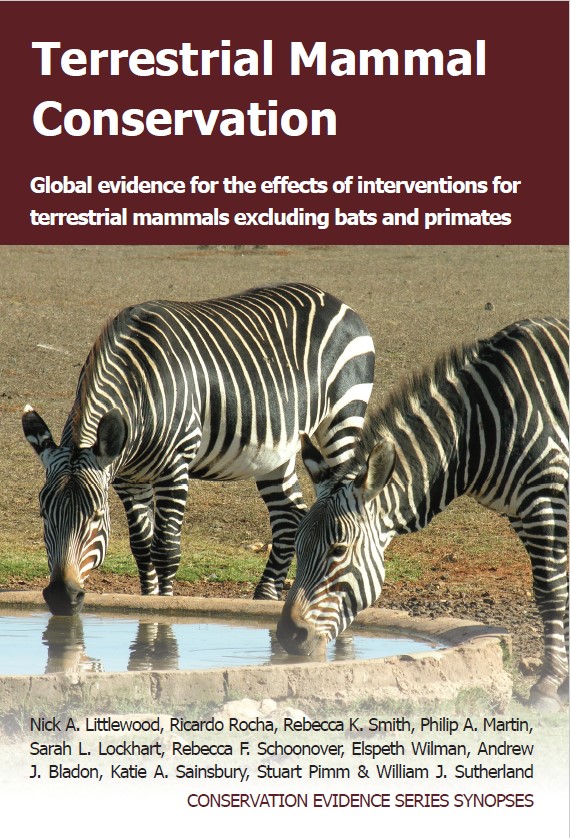Use loud noises to deter predation of livestock by mammals to reduce human-wildlife conflict
-
Overall effectiveness category Likely to be beneficial
-
Number of studies: 3
View assessment score
Hide assessment score
How is the evidence assessed?
-
Effectiveness
60% -
Certainty
50% -
Harms
0%
Study locations
Supporting evidence from individual studies
A replicated study in 1979–1980 of three ranches in North Dakota, USA (Pfeifer & Goos 1982) found that gas exploders temporarily deterred sheep predation by coyotes Canis latrans. Installation and use of gas exploders stopped predation for 17–102 days. Sites selected for the study had suffered ≥5 sheep losses to predation by coyotes in the previous two weeks. Following this, propane gas exploders were installed in the pastures. Exploders were operated until the grazing season was over or until ≥2 verified coyote kills occurred. Two to three exploders/site fired at 8–20-minute intervals overnight and were moved every 4–5 days. Sheep farmers were compensated for losses to coyotes provided that exploders were used as the sole means of control. The trial operated on three sites, with pastures extending over 56–255 ha, and containing 190–1,000 sheep.
Study and other actions testedA replicated, controlled study on captive animals in Utah, USA (Shivik & Martin 2000) found that playing loud noises deterred consumption of food by coyotes Canis latrans. Six of 14 coyote pairs did not eat food while loud noises were playing repeatedly, whilst all seven coyotes pairs not played loud noises ate their food. Food consumption was reduced if loud noises were activated solely when coyotes approached food. Twenty-one pairs of coyotes were held in 0.1-ha pens. An alarm was suspended 2 m above the door to the pen, where 100 g of food was positioned. For seven coyote pairs, the alarm sounded every 7–9 seconds for an hour. For seven more pairs, it activated solely when they approached the food. For seven further coyote pairs, it was not activated. Behaviour of coyotes was observed for one hour.
Study and other actions testedA replicated, controlled study in 2010 of six farms in a forested area in central Mexico (Zarco-González & Monroy-Vilchis 2014) found that sound and visual deterrents reduced predation of livestock on ranches. The relative effects of the two deterrent types were not assessed individually. No large predators (puma Puma concolor or jaguar Panthera onca) were detected on ranches that used deterrents compared with 2 detections/ranch and 2–4 livestock attacks/ranch where deterrents were not used. Out of six ranches (44–195 ha extent, ≥6 km apart), two cattle ranches and two goat ranches deployed deterrents, whilst no deterrents were deployed on one cattle ranch and one goat ranch. Sound deterrents were recordings of voices, motors, pyrotechnics, barking dogs and bells, played twice daily for 40 minutes, between 06:00–08:00 and 20:00–22:00 h. Visual deterrents were shirts worn by livestock owners, hung around paddocks. Deterrents alternated weekly between sound and visual, through July–August 2010. Large predators were monitored using two camera traps/ranch and by searching for tracks and other signs.
Study and other actions tested
Where has this evidence come from?
List of journals searched by synopsis
All the journals searched for all synopses
This Action forms part of the Action Synopsis:
Terrestrial Mammal Conservation
Terrestrial Mammal Conservation - Published 2020
Terrestrial Mammal Conservation





)_2023.JPG)














